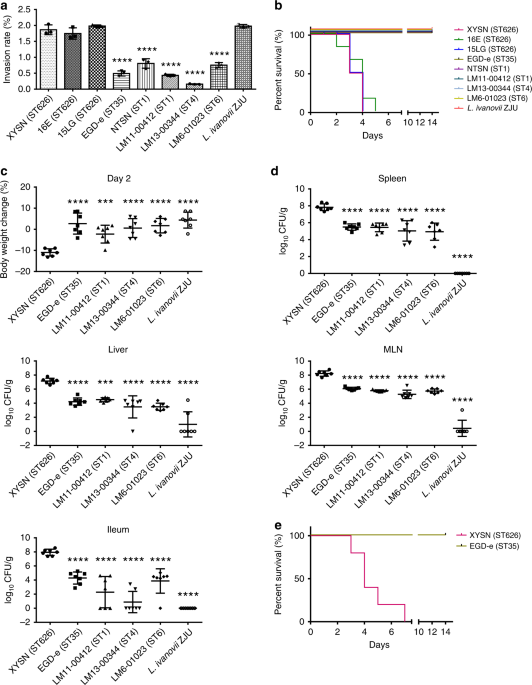Listeria monocytogenes (Lm) is a highly heterogeneous species. Researchers from China reported (Nature communications volume 10, Article number: 4283 (2019)) the detection of a highly virulent new form of pathogenic Listeria monocytogenes from sheep listeriosis outbreaks that represent a hybrid sub-lineage of the major lineage II (HSL-II) and serotype 4h. HSL-II. This new strain exhibit higher organ colonization capacity than other Listeria strains. The isolates harbor both the Lm Pathogenicity Island (LIPI)-1 and a truncated LIPI-2 locus, encoding sphingomyelinase (SmcL), a virulence factor required for invasion and bacterial translocation from the gut. Multi-locus sequence type (MLST) analysis revealed three isolates are members of an unidentified sequence type (ST) and clonal complex (CC). The discovery of isolates harboring pan-species virulence genes of the genus Listeria warrants global efforts to identify further hypervirulent lineages of Lm. @ https://www.nature.com/articles/s41467-019-12072-1/

